Zebra STRIPES in lawn after Scotts Weed and Feed! Please help!
curlygirlie1189
6 years ago
last modified: 6 years ago
Featured Answer
Sort by:Oldest
Comments (136)
Terrie
3 years agoHU-271351327
3 years agoRelated Discussions
Heavy Rains after applying Weed & Feed
Comments (8)dchall... Yes... I know and have read all about the cons of W&F but I'm not sure what else to do. I live in the burbs with the lawn the size of a postage stamp and all I want it a nice lawn that doesn't break the bank and I don't have to drive all over town looking for specific products that I have no clue how to use... LOL If there are alternatives I can use that I can find at Home Depot, Lowes or WM.. then I'm all for it. Gas is $4 a gallon and I keep telling myself "It shouldn't be this hard or complicated. To answer your questions I haven't even turned on my sprinklers yet as mother nature has taken care of the watering needs so far this season. With TX being TX... I'm sure we'll be in a combo heat/drought wave soon enough and I know not to over water and let the grass tell me when it needs watering. Right now my mower is set one up from the lowest setting. If I take it down to the lowest setting.. I'll be hitting dirt in some places. Grass type... I'm assuming it's typical Bermuda... like I said I live in one of the new subdivisons that pop up overnight so I'm sure the builders just put in basic bermuda. I also wanted to say.. if my posts come off as mean or offensive... that's not my intention. Just getting really frustrated with this lawn thing. One person says the Scotts 4 step plan... another call it the devil......See MoreScotts Bonus S Southern Weed & Feed on Bermuda grass
Comments (2)That might be the most perfect poster picture ever of one kind of bermuda invading the other kind. What you have is Tif 419. What the invader looks like is all the other bermuda - common bermuda. It looks like someone seeded the common into the Tif. The only way to get rid of the invader, if it is bermuda, is to kill the entire lawn. Does the invader get flowers on it a few days after mowing? Can you let the grass grow until it flowers and post a picture of the flowers? That will help to identify it. I don't think you can hurt bermuda with a weed n feed product. You wasted the herbicide, though, by not following directions. Don't feel bad. 99.999999999999999999% of everyone makes that mistake. Seriously. All the lawn forums tell people to just forget about weed n feed products because they won't work for most anyone. You don't get any herbicide and you don't get any fertilizer out of it. And besides, the weed you have would not be touched by the herbicide in a weed n feed. Those are more for clover, dichondra, oxalis, and other broadleaf weeds. In the future if you want to fertilize, use a fertilizer. If you want to kill weeds, use a herbicide. Don't mix the two and expect to get good results. Find the Bermuda Bible online and memorize it. This time of year you should be watering once per month unless you are catching up from a loooong dry spell like we are in Texas. I let mine go too long and am watering pretty deeply to get some moisture in the soil. Where do you live?...See MorePlease help with my lawn...weeds are taking over!
Comments (2)Agree. The very best time of the year to seed a northern lawn is in the early fall. Every day after that is worse than the previous day. Once you get past late winter, the results are MUCH less satisfactory headed into spring, late spring, and summer. The later it is seeded the faster it dies out and the faster the crabgrass takes over. At this point all you can do is sit it out. You can practice good lawn care management for the next couple of months and plan to renovate it in late August. Here's what to do until then. Watering: Deep and infrequent is the mantra for watering. This is for all turf grass all over the place. Deep means 1 inch all at one time. Put some cat food or tuna cans around the yard, and time how long it takes your sprinkler(s) to fill all the cans. Memorize that time. That will be the time you water from now on. My hose, sprinkler and water pressure takes 8 full hours to fill the cans. Your time will likely be less. I like gentle watering. As for watering frequency, that depends on the daytime air temperature. With temps in the 90s, deep water once per week. With temps in the 80s, deep water once every 2 weeks. With temps in the 70s, deep water once every 3 weeks. With temps below 70, deep water once a month. Note that you have to keep up with quickly changing temps in the spring and fall. This deep and infrequent schedule works in Phoenix and in Vermont, so it should work for you. The reason for deep and infrequent is to grow deeper, more drought resistant roots and to allow the soil to dry completely at the surface for several days before watering again. If it rains, reset your calendar to account for the rainfall. Mulch mow at the mower's highest setting. Fertilize now with an organic fertilizer like soybean meal, alfalfa pellets, corn meal, corn gluten meal at a rate of 15 pounds per 1,000 square feet. Don't use any chemical fertilizers, herbicides, or insecticides until later. By allowing the weeds to grow you will be developing the soil and putting roots down into it. These roots are important for your soil to develop the right structure. Then in August do this: Change your watering practices to every day, 3x per day, for 5-15 minutes each time. Do that to sprout all the weed seeds in the soil. After a week of daily watering, spray everything with Round Up to kill all the living stuff. Continue with the daily watering for another week and spray again with RoundUp. This process should clear everything out. Rake up all the dead stuff and you can seed right onto the top of that soil. Roll the seed down or walk on every square inch of it. Then continue watering daily 3x as before to germinate your new grass seed. This approach will give you a pure stand of grass almost guaranteed. When you get 80% germination on your grass seed, start to back off on the watering frequency. Mow when the grass is tall enough to mow at 5 inches or so. At that point look to see if the grass is uniformly dense across the yard. You still will have time to add more seed in the thin areas....See MorePlease help with my lawn...weeds are taking over!
Comments (16)May is the third worst month to seed northern grasses in your area. Only July and June are worse. So that is part of the reason you have so many weeds. To someone's credit, though, I would have expected far more weeds than grass by this time of year. You're doing something right!! The garden center that sold you the seed in May should be off your list of future purchases, because they don't give good advice. Based on that I also question the quality of their recommended seed. You have plenty of time to overseed this year. Fall is the time to seed. New York is a big state. If you live in the north then start with the herbicide now to seed in early Sept. If you live in the south then you can wait a week or two and seed later in Sept. Seeding early in the fall gives the new grass time to come in and for you to evaluate whether you need to thicken it up with more grass seed. Go back and reread gardengal's first post in this topic. She has a very good way of explaining those concepts. There are many Weed-b-Gon products. "Basic" WBG is a 2,4-d product, at least in my neighborhood. A slightly different product is Weed-b-Gon Chickweed, Clover, and Oxalis Killer. That one has Triclopyr (longer wait period). Formulations for these products may vary from state to state as different regulations apply. I would suggest you read more here on this forum to see what you can learn about lawn care. You can't rely on TV ads to tell you when to do things. Here are some general concepts that have become common knowledge on this and other lawn forums. New seed (northern grasses) should be applied in the fall. Weed n Feed products rarely work as advertised. Spot spray herbicides work better. Deep and infrequent watering is the way to go. Frequent watering leads to shallow roots and general brownish appearance. Spring fertilizer should go down late, not early. Wait until May or late May. Fall winterizer goes down after the grass has stopped growing but before total dormancy (before you have regular freezes). For most this is around the end of November. Mulch mow always. The clipped grass returns valuable organic material to the soil. Mow most grasses at your mower's highest setting. This leads to deeper rooting. Deep roots take advantage of moisture and nutrients deeper in the soil....See MoreRyan
3 years agoTerrie
3 years agoRyan
3 years agoPeter Hagedorn
2 years agoPeter Hagedorn
2 years agoTerrie
2 years agoHU-578127890
2 years agolast modified: 2 years agoPeter Hagedorn
2 years agoHU-393936016
2 years agoPeter Hagedorn
2 years agolast modified: 2 years agoTerrie
2 years agoSam Borys
2 years agoHU-393936016
2 years agoDouglas Seguin
2 years agoDan Y
2 years agolast modified: 2 years agoDan Y
2 years agolast modified: 2 years agoHU-393936016
2 years agoDan Y
2 years agoRyan
2 years agoHU-393936016
2 years agoDan Y
2 years agolast modified: 2 years agoHU-393936016
2 years agoDan Y
2 years agolast modified: 2 years agoHU-393936016
2 years agoPerry S
2 years agoHU-393936016
2 years agoHU-271351327
2 years agoPerry S
2 years agolast modified: 2 years agoAdam VanWert
2 years agoDaryl Hoffman
2 years agoHU-271351327
2 years agoRyan
2 years agoHU-281180355
2 years agodchall_san_antonio
2 years agoHU-281180355
2 years agoHU-393936016
2 years agoHU-578127890
2 years agoRobert Brainard
last yearlast modified: last yearPeter Hagedorn
last yearDaryl Hoffman
last yearDaryl Hoffman
last yearAsia binyard
last yearlast modified: last yearTerrie
last yearSam Borys
last yearHU-578127890
last yearRobert Brainard
last yearlast modified: last yearlizzieswellness
last year
Related Stories

EDIBLE GARDENSNatural Ways to Get Rid of Weeds in Your Garden
Use these techniques to help prevent the spread of weeds and to learn about your soil
Full Story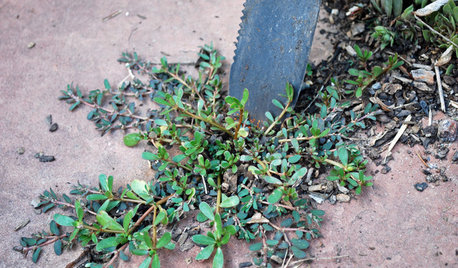
GARDENING GUIDES5 Ways to Naturally Win the Weed War
Show irksome weeds no mercy with these tricks for combating them sans chemicals
Full Story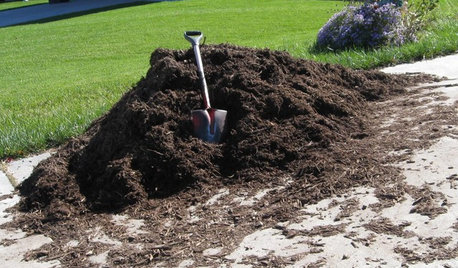
FRONT YARD IDEASBefore and After: Front Lawn to Prairie Garden
How they did it: Homeowners create a plan, stick to it and keep the neighbors (and wildlife) in mind
Full Story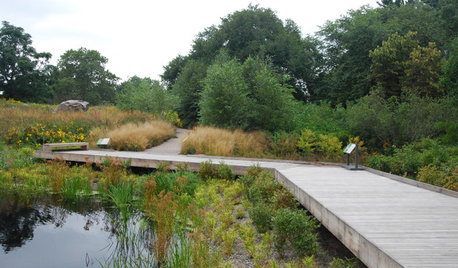
GARDENING GUIDESLet's Weed Out 4 Native Plant Myths
Plant wisely for a garden that supports pollinators and requires less work
Full Story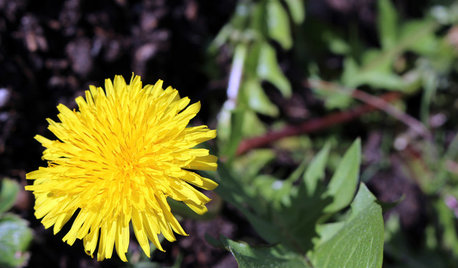
GARDENING GUIDESWhy Your Garden Might Be Full of Weeds
Tired of battling unwanted plants? These surprising reasons for weediness point the way to cures
Full Story
REMODELING GUIDESYour Floors: Zebra, Tiger, and Teak Wood, Oh, My!
Get the Pros and Cons of Exotic Woods: Hickory, Cherry, Rosewood and More
Full Story
INSPIRING GARDENSBeach Cottage Loses the Lawn for a Stylish Low-Water Garden
Colorful plantings and soft exterior paint colors give a Southern California ranch cottage a fresh new look
Full Story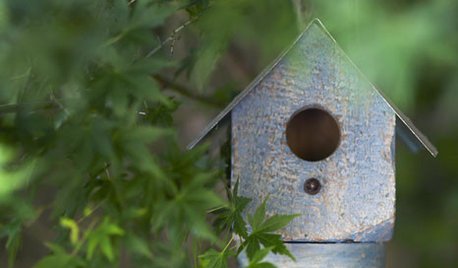
GARDENING AND LANDSCAPINGBe a Citizen Scientist to Help Wildlife, Learn and Have Fun Too
Track butterflies, study birds, capture stars ... when you aid monitoring efforts, you’re lending Mother Nature a hand
Full Story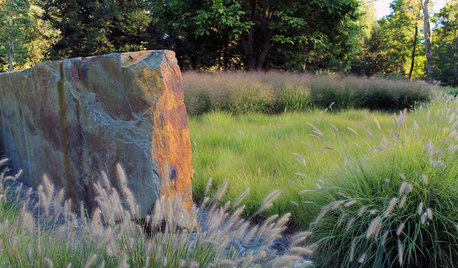
EARTH DAYThe Case for Losing the Traditional Lawn
Work less, help the environment and foster connections by just saying no to typical turf
Full Story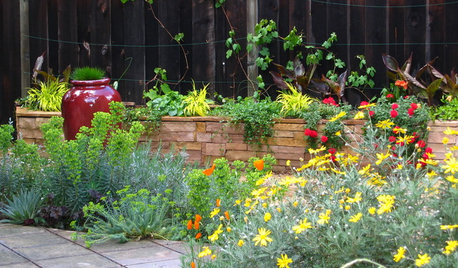
SUMMER GARDENINGHouzz Call: Please Show Us Your Summer Garden!
Share pictures of your home and yard this summer — we’d love to feature them in an upcoming story
Full Story


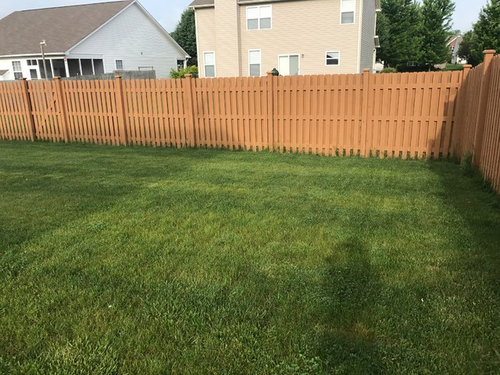
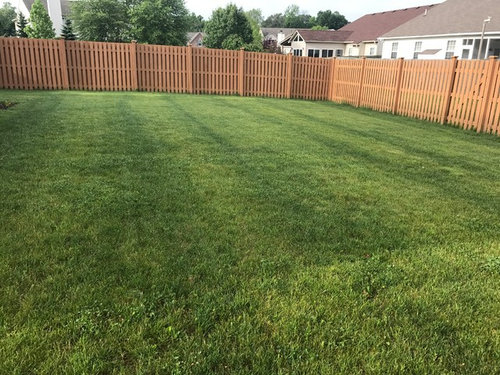


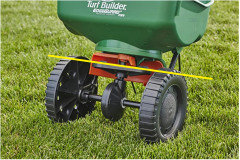
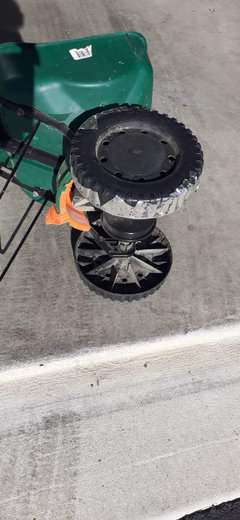





Robert Brainard